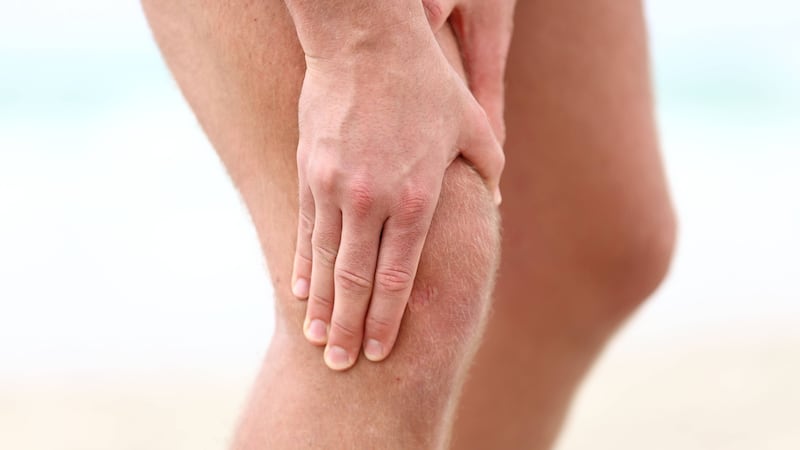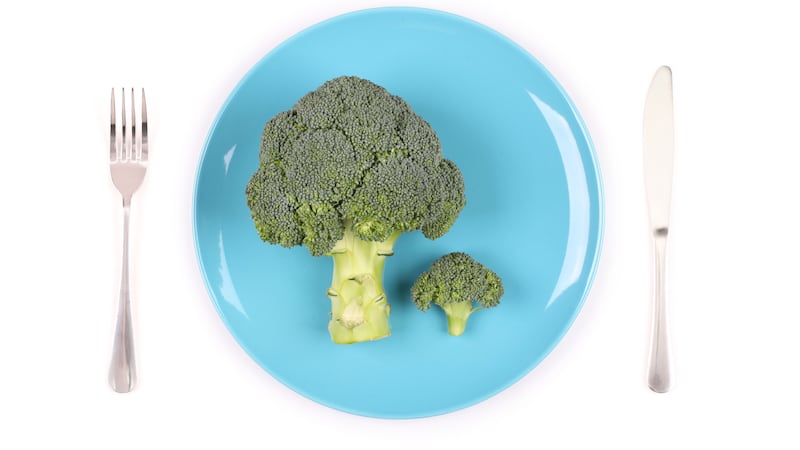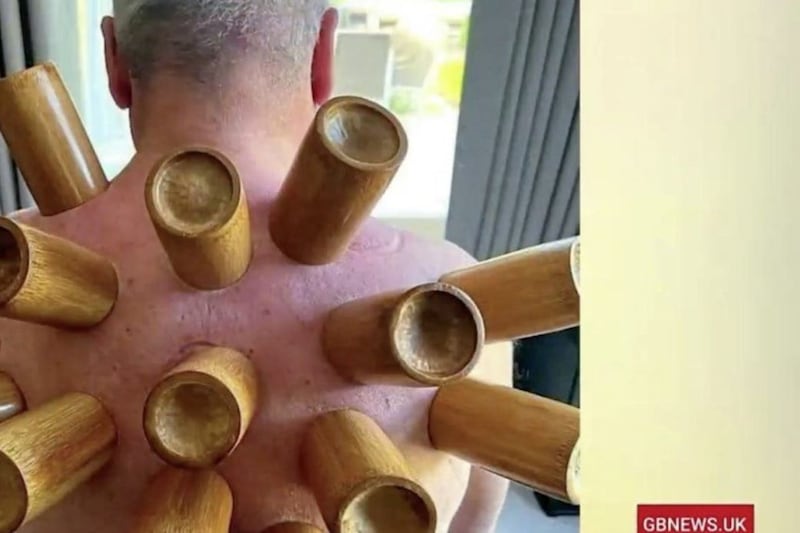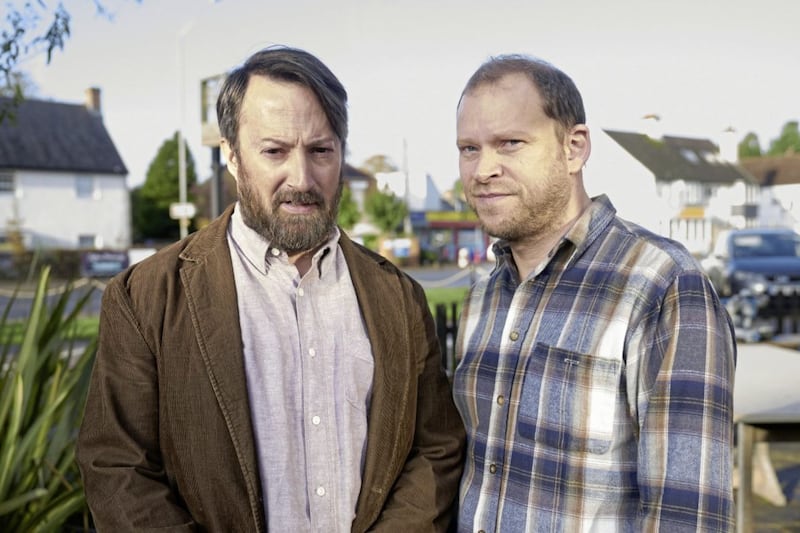Joint pain can have a “significantly higher” physical and emotional impact on women compared to men, according to new data.
Almost half (44%) of women in the survey who reported joint pain said it affected their emotional wellbeing, compared to 34% of men; while 47% of women said it impacted their sleep, and 37% of men.
Nuffield Health surveyed 8,000 people over the age of 16 as part of its Healthier Nation Index.
In general, Nuffield Health found 80% of women have suffered from past or current joint pain, whilst 77% of men have experienced the same.
Marc Holl, head of primary care at Nuffield Health, said: “Joint pain has been ignored for far too long, and our data shows the shocking extent to which it is impacting the nation.
“It affects everything: working, sleeping, walking, exercising and even resting. When we look at the worrying numbers of people, and particularly women, such things are only going to get worse.”
Here’s what you need to know about looking after your joints…
What misconceptions do people have about their joints?
People often think that if they have a bad back or bad knees, they should avoid exercise.
“This then leads people to do less over time, so the only stimulation their muscles get is an ever-decreasing level of daily activity,” said Michael Fatica, consultant osteopath from interactive online rehabilitation programme, Back In Shape.
“So the joints become more vulnerable and painful. But joints are strong and, although there might well be an injury or degeneration which requires short-term modification, there should always be a pathway to medium to long-term strengthening.”
How should you look after your joints?
“Participate in regular strength or resistance training with a full range of motion,” Fatica suggested.
“This helps you rebuild the lost strength in the muscles that protect and move the joint. Additional flexibility work can be done to ensure normal joint mobility too.”
Modern life doesn’t always allow for a full range of motion movements, particularly in the knees, hips, and ankles. Unfortunately, this might allow weakness and degeneration to take place.
“It is a lack of full movement and stimulation of these joints that leads to damage,” Fatica said. “People make the mistake of thinking regular walking or running should keep them healthy, but these movements for example do not involve full range of motion in the hips knees and ankles.”
What exercises can people do?
It can be difficult to know what type of exercise actually helps with joint pain, rather than aggravating it.
Fatica said: “The squat is the simplest and most easily accessible exercise and can be scaled with resistance – you must develop good form otherwise you will injure yourself. Three to five rounds of 10 reps is a great starting point.”
Why might women experience “significantly higher” pain than men?
In addition to the findings Nuffield Health has already made, Fatica added: “I think that particularly in the load-bearing joints, women are less likely to partake in the type of exercises mentioned above, although this is changing in younger generations.”
He suggested women might be “a little more cautious about partaking in such activities” and have a “fear of becoming ‘bulky'”, which could lead to “inadequate muscle health and strength”.








